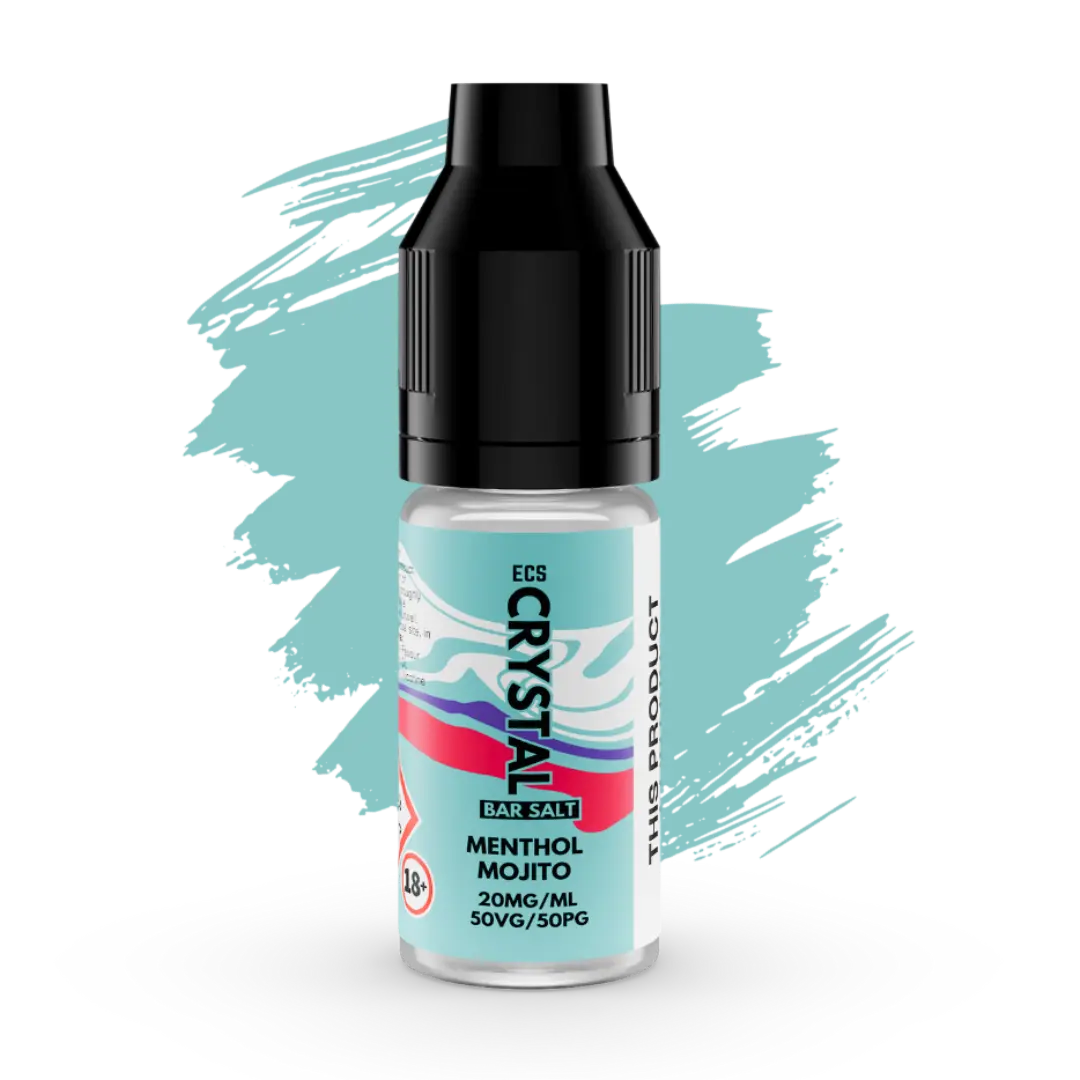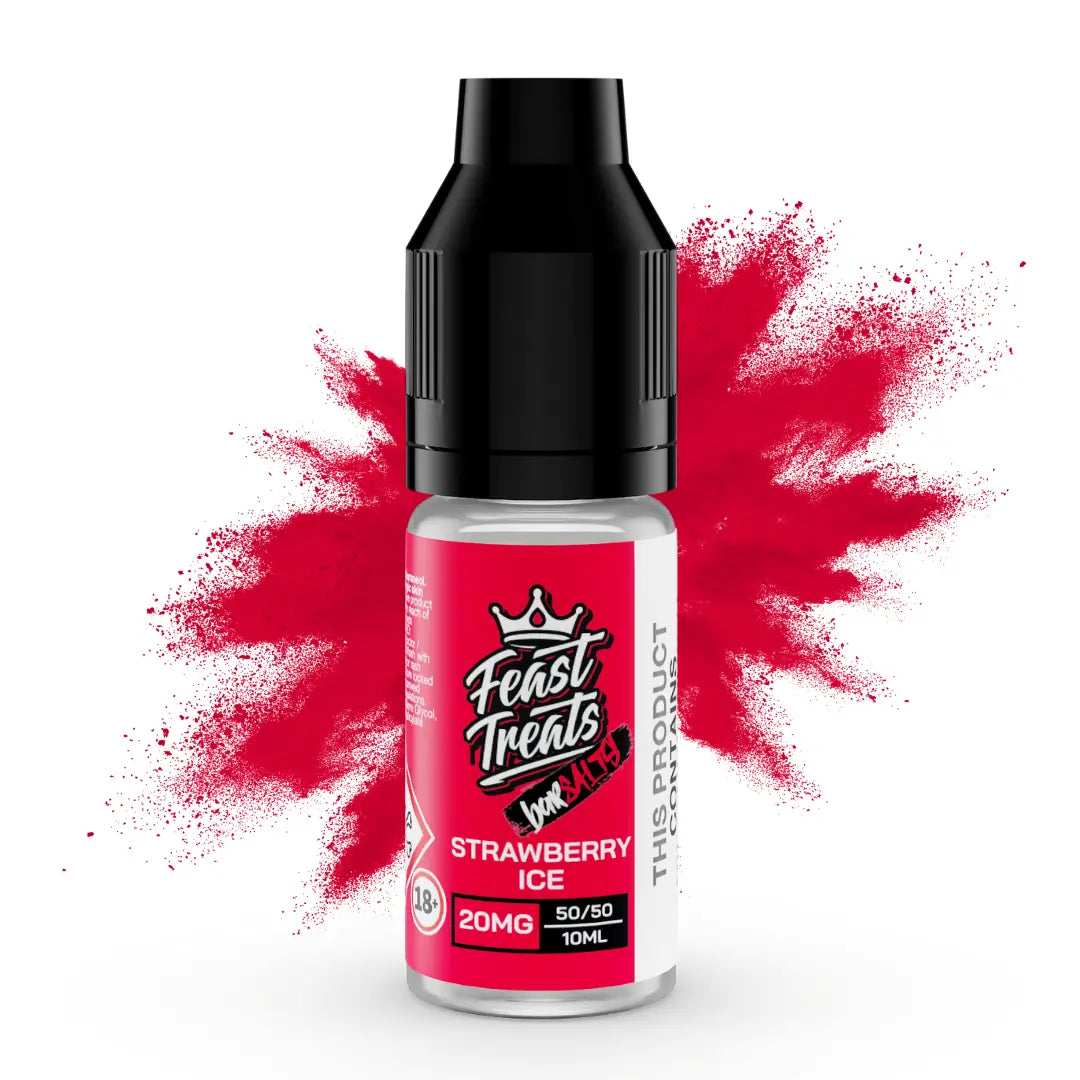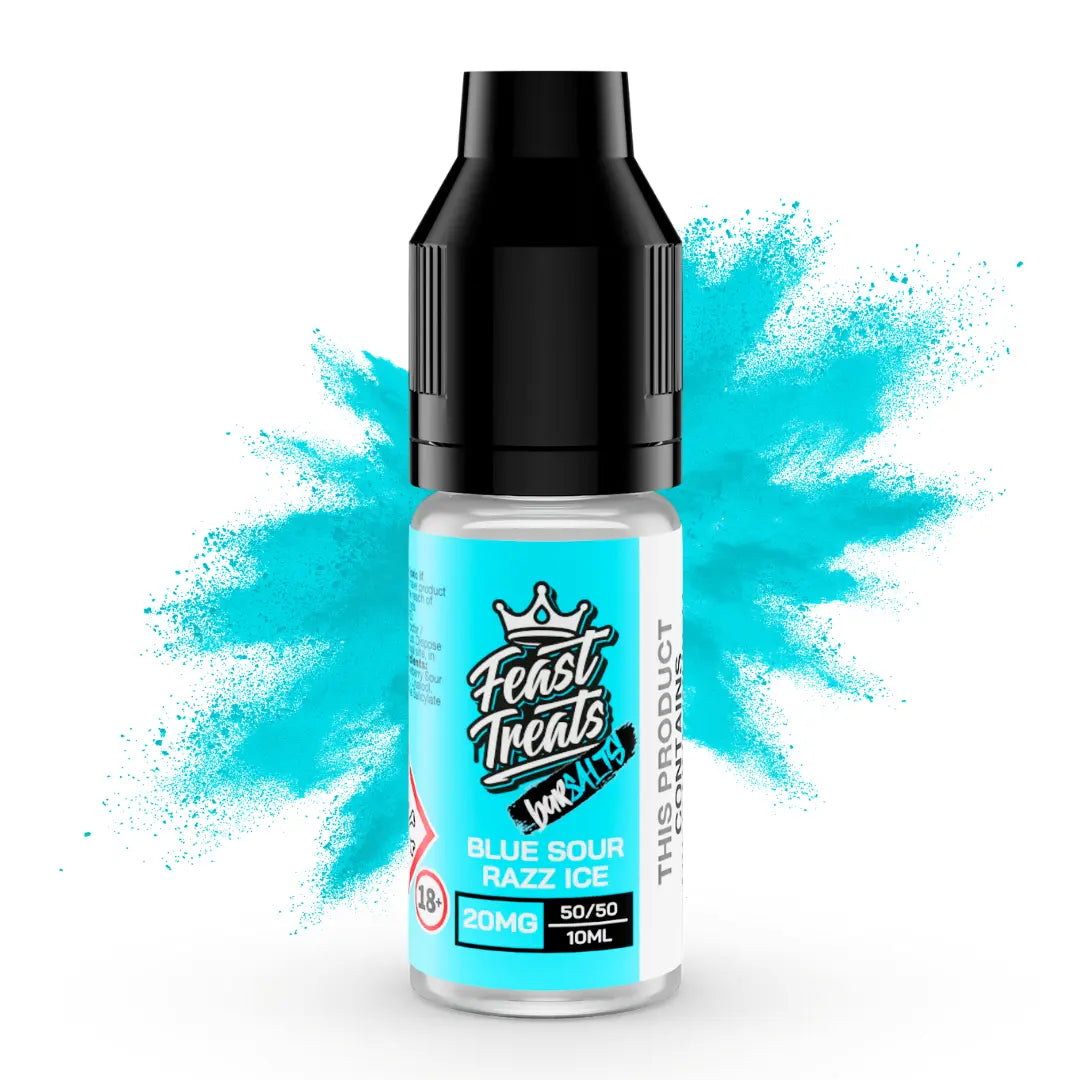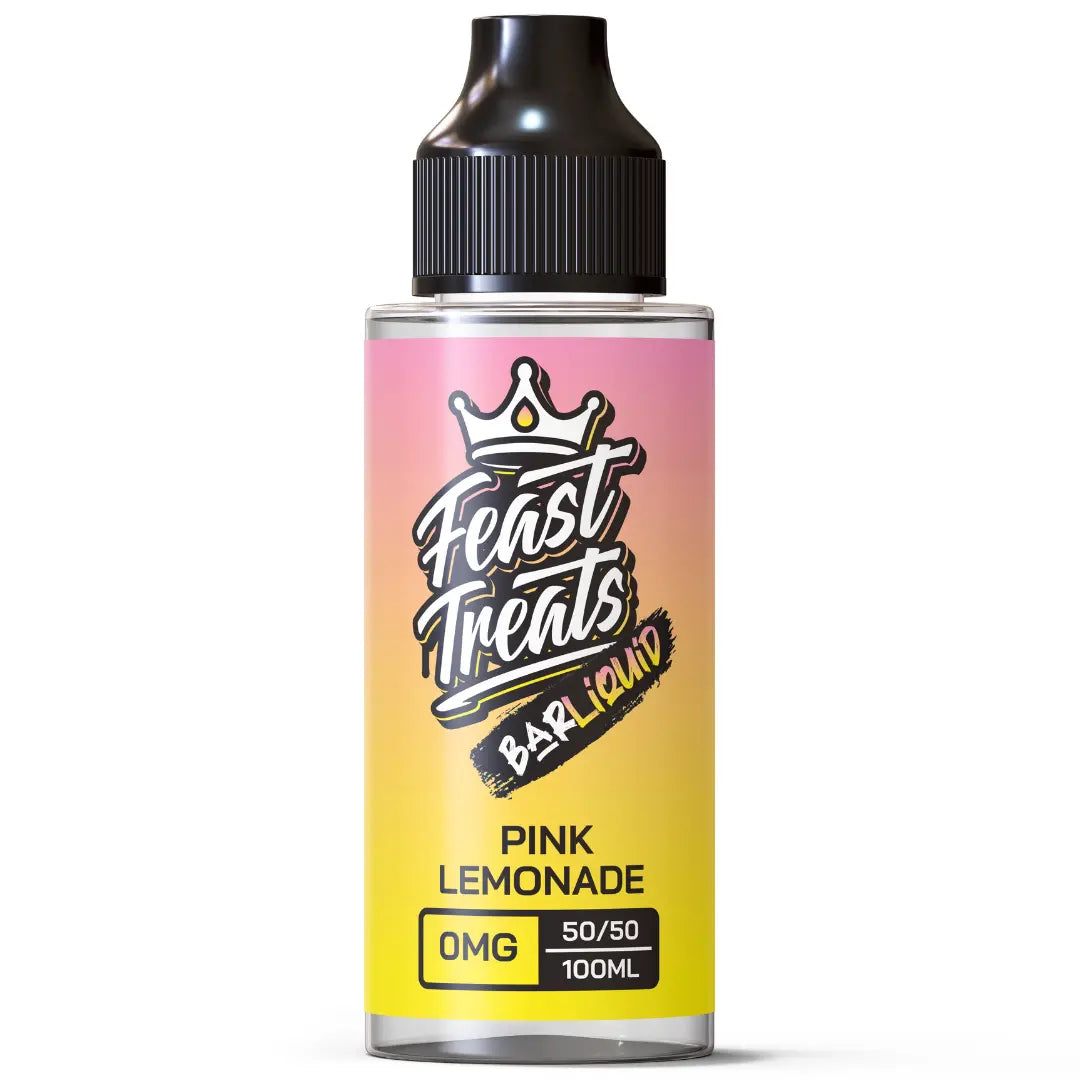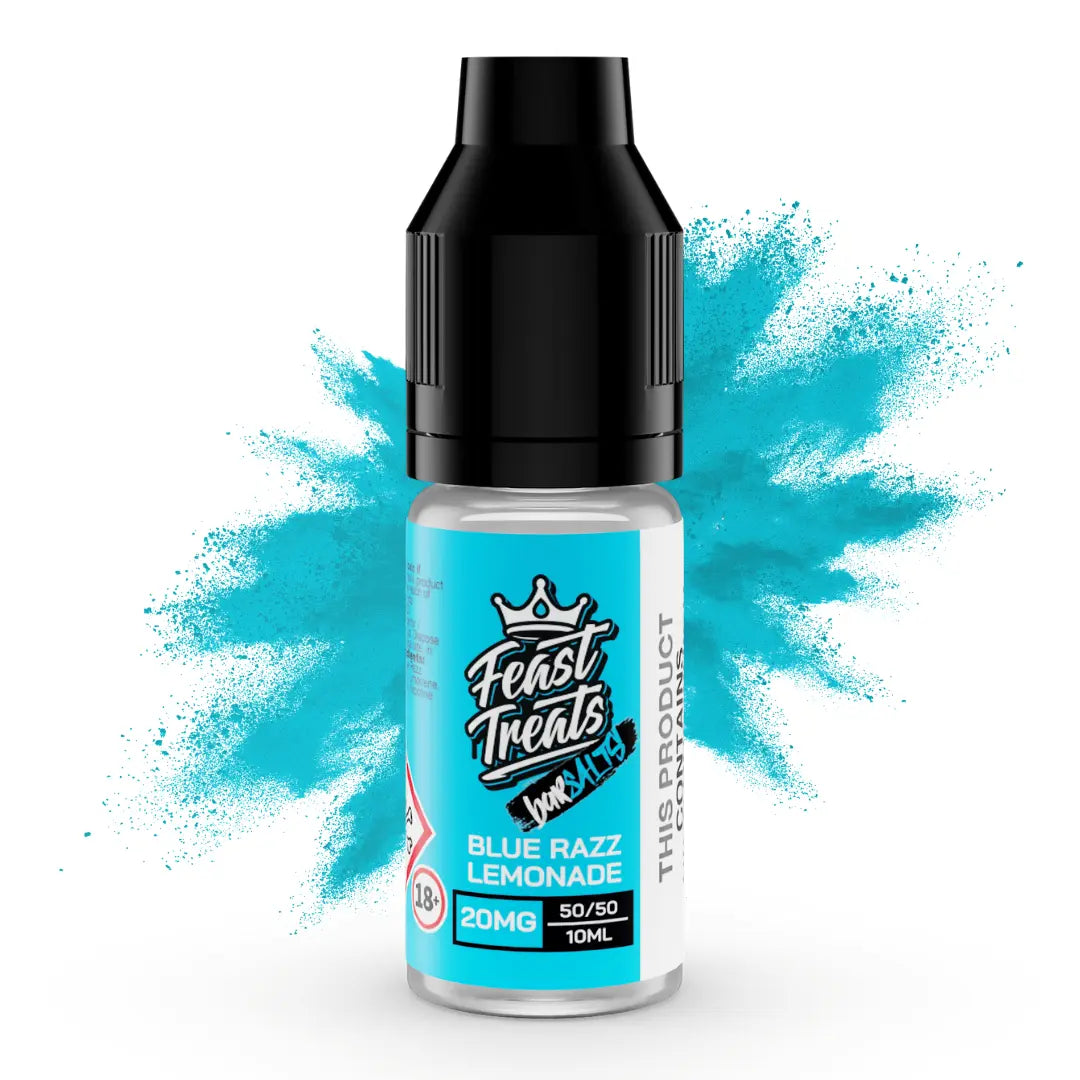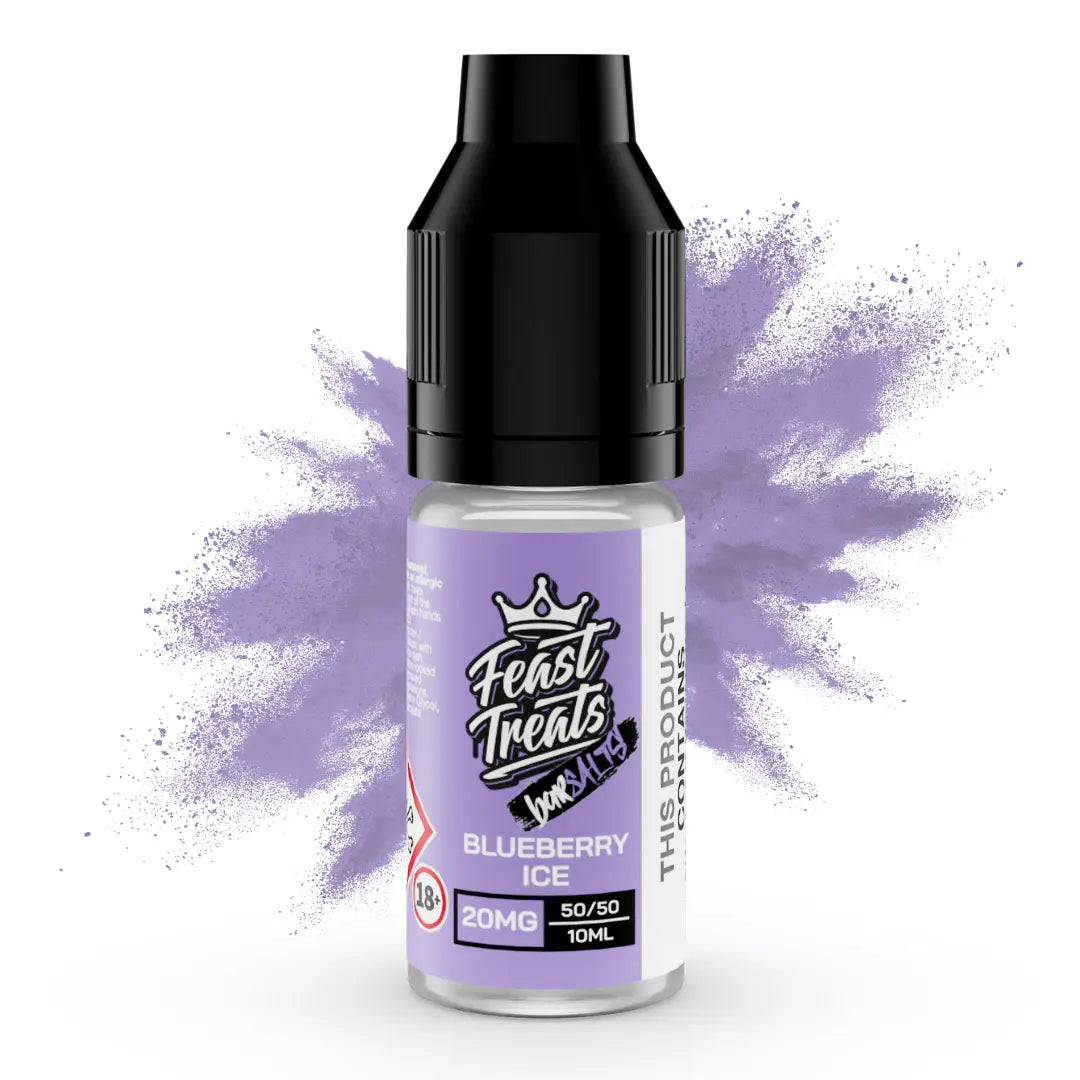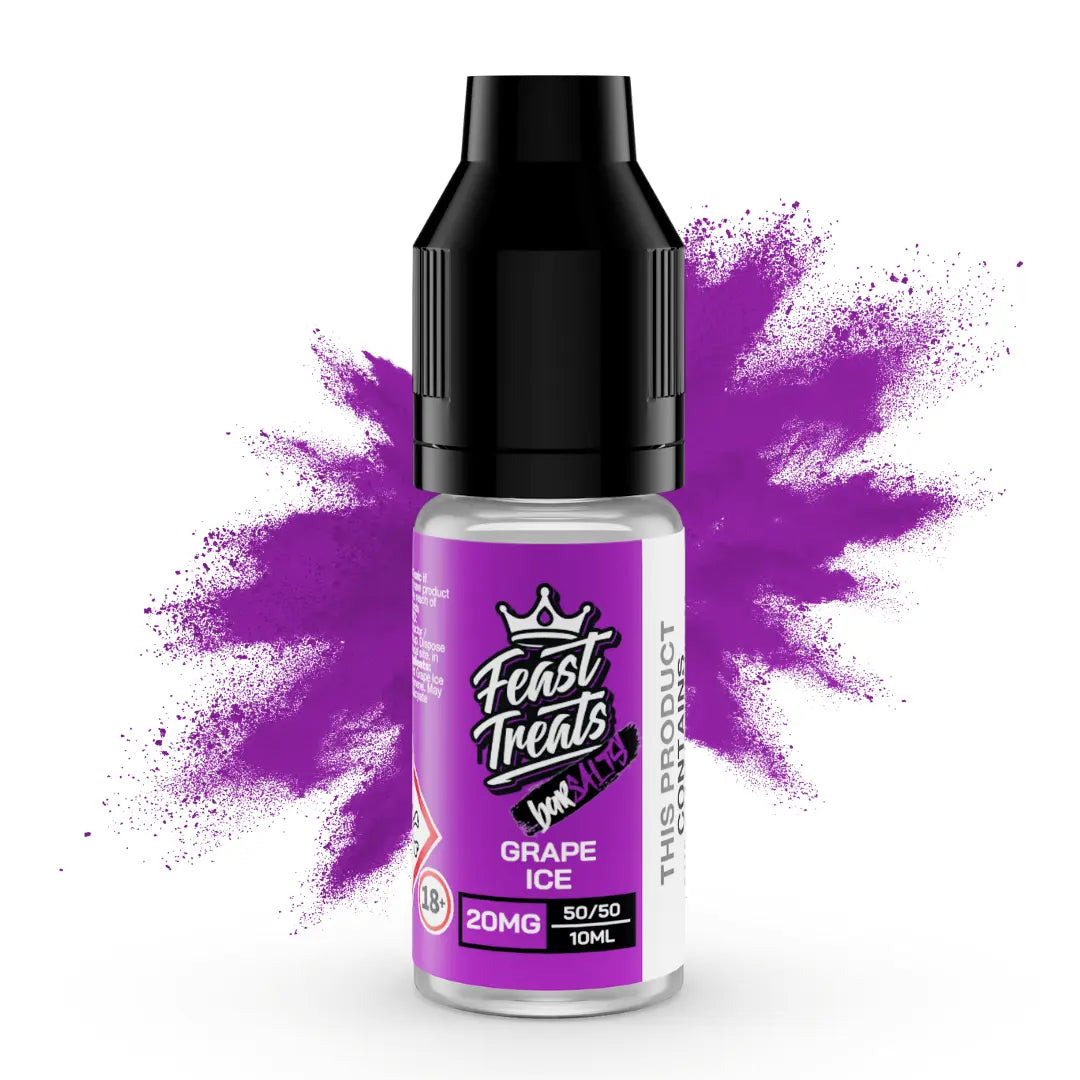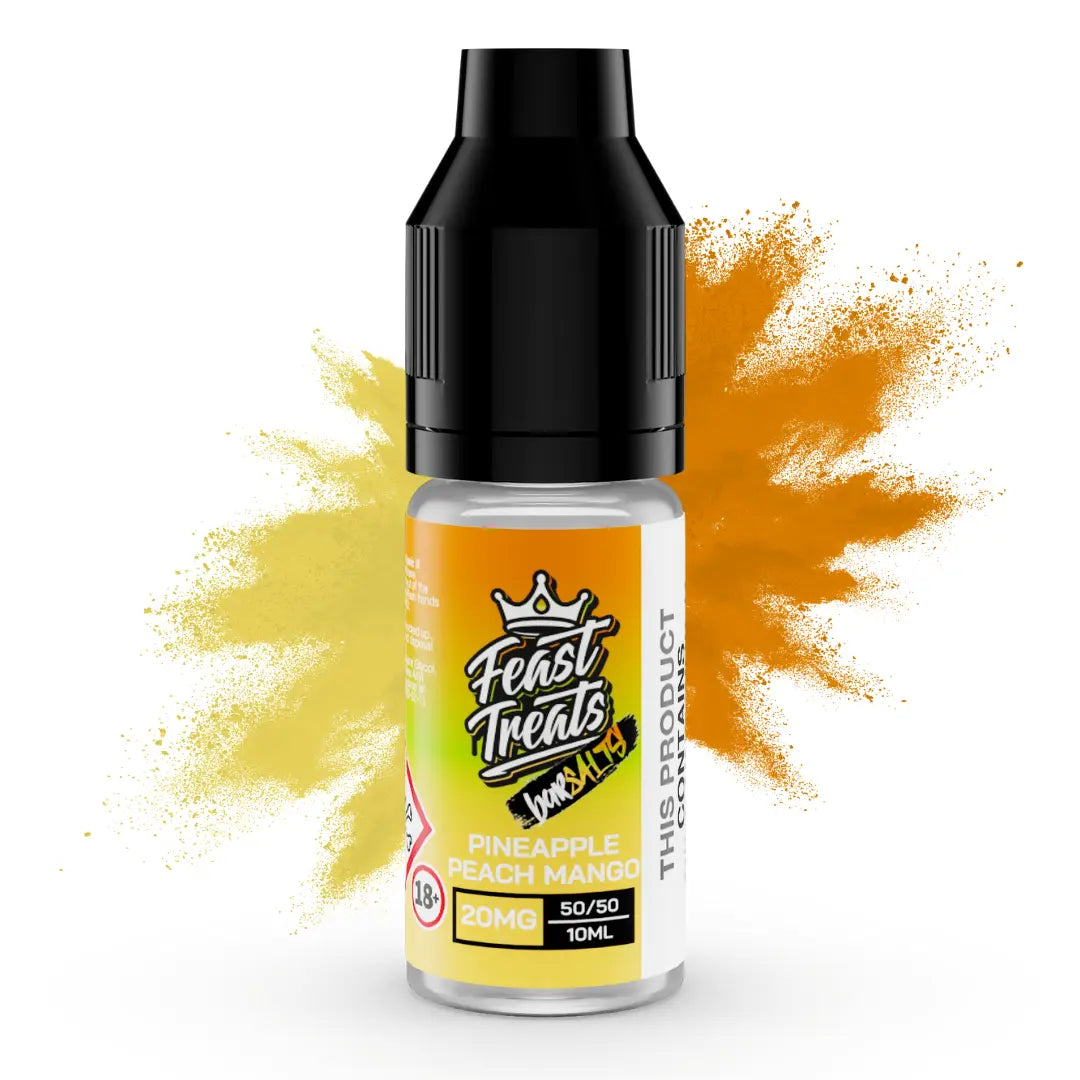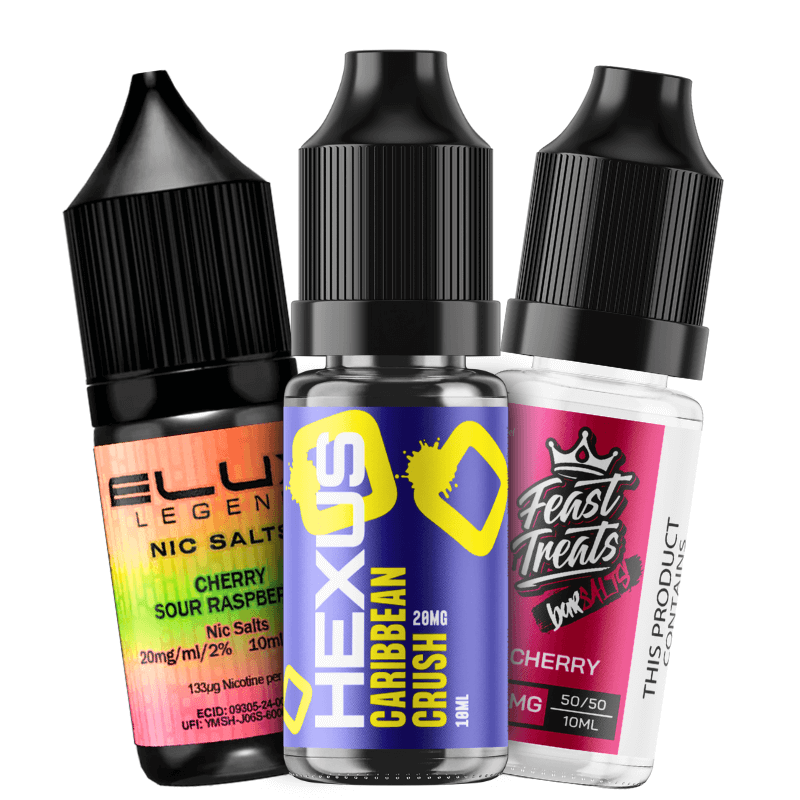TRPR/TPD UK Regulations Explained
Introduction
On May 20, 2017, the Tobacco & Related Products Regulations (TRPR) came into effect in the UK. The TRPR is the UK's interpretation of the revised Tobacco Product Directive (TPD) introduced by the European Commission in 2015. These regulations cover the entire tobacco industry, including vaping products. Since May, all vaping products that contain (or could contain) nicotine are subject to these regulations. This has led to noticeable changes in the vaping market, such as 2ml tank sizes and 10ml e-liquid bottles.
Summary of the UK TRPR Regulations
The official UK government TRPR document details all regulations, but here are the main points simplified:
- Vape tanks will be no larger than 2ml.
- eLiquid bottle sizes will be no larger than 10ml.
- The maximum nicotine strength available will be 20mg/ml (2%).
- Nicotine-containing products must carry health warnings similar to tobacco products.
- Products must have a leak-proof refilling mechanism.
- Manufacturers must conduct emissions testing and provide toxicological data.
- There are restrictions on advertising.
To sell vaping products in the UK after May 20, these products must be "notified," requiring manufacturers to submit information about packaging, ingredients, toxicology reports, and emissions tests.
Who Enforces the Regulations?
The Medicines and Healthcare Products Regulatory Agency (MHRA) manages the notification system in the UK. Their primary goal is to ensure that e-liquid products are free from harmful substances, ensuring a safe vaping experience.
Industry Controversy
The regulations have sparked controversy within the industry. While some aspects like testing and packaging are seen as reasonable, others are considered unnecessary. For example, the heavy restrictions on advertising make it harder for people to access beneficial information, potentially impacting public health and the NHS, which saves £74,000 for every smoker who quits.
Due to the high cost of proper testing, many e-liquid manufacturers have had to streamline their product ranges, which narrows the market. However, this also eliminates "cowboy" juice makers who might not adhere to hygienic practices, ultimately benefiting consumers.
Impact on Vapers
Some rules are positive steps towards regulation, but others significantly affect vapers. The 2ml maximum tank size is a point of contention, especially for users of Sub Ohm devices, who may need to refill their tanks multiple times a day. This increases the risk of spillage, contrary to the regulation's intention of preventing it.
Additionally, the restriction to 10ml e-liquid bottles means vapers can no longer purchase larger quantities (e.g., 100ml) in a single bottle, leading to more waste and inconvenience. Despite these changes, vapers can still buy quantities of 30ml, 60ml, and 120ml in packs of 10ml bottles.
The new 10ml bottles are designed to prevent leaks and spills, maintaining e-liquid freshness. Stricter manufacturing regulations ensure higher product quality, giving smokers confidence in the safety of the e-liquids and devices they use.
Concerns About Nicotine Strength
A significant concern is the maximum nicotine strength of 20mg/ml. While most vapers use lower strengths, many smokers transitioning to vaping start with higher strengths (24mg/ml or more) to satisfy cravings. Without these higher strength e-liquids, many heavy smokers may struggle to switch to vaping, potentially reverting to tobacco.
Industry Perspective
Overall, the vaping industry acknowledges that these regulations bring about significant changes, some positive and others less so. The industry supports regulations that ensure product safety and efficacy but aims to work with regulatory bodies to improve less helpful areas.
Common Questions About TRPR/TPD Regulations
1. What is the TRPR? The Tobacco & Related Products Regulations (TRPR) are the UK's interpretation of the Tobacco Product Directive (TPD) from the European Commission. These regulations govern the sale and manufacture of tobacco and related products, including e-cigarettes and e-liquids.
2. When did the TRPR come into effect? The TRPR came into effect on May 20, 2017, although there was a crossover period from May 20, 2016, allowing older, non-compliant products to be sold until May 19, 2017.
3. How do these regulations affect vape tank sizes? Under the TRPR, vape tanks can be no larger than 2ml. This regulation aims to limit nicotine exposure and potential leaks.
4. Why are e-liquid bottles restricted to 10ml? E-liquid bottles are restricted to 10ml to minimize the risk of nicotine poisoning and ensure safer handling. Larger quantities must be sold in multiple 10ml bottles.
5. What is the maximum nicotine strength allowed? The maximum nicotine strength allowed under the TRPR is 20mg/ml (2%).
6. How do these regulations impact advertising? The TRPR imposes strict advertising restrictions, making it harder for companies to promote their products and for consumers to find information.
7. Who enforces these regulations? The Medicines and Healthcare Products Regulatory Agency (MHRA) enforces the TRPR regulations in the UK.
8. What are the benefits of these regulations? The regulations aim to ensure product safety, eliminate substandard products, and provide consumers with confidence in the quality and safety of vaping products.
Conclusion
The TRPR regulations have reshaped the vaping landscape in the UK, bringing about both beneficial and controversial changes. While the goal is to ensure safe and high-quality products, the industry continues to advocate for sensible regulations that support both consumer safety and the effective transition from smoking to vaping.


